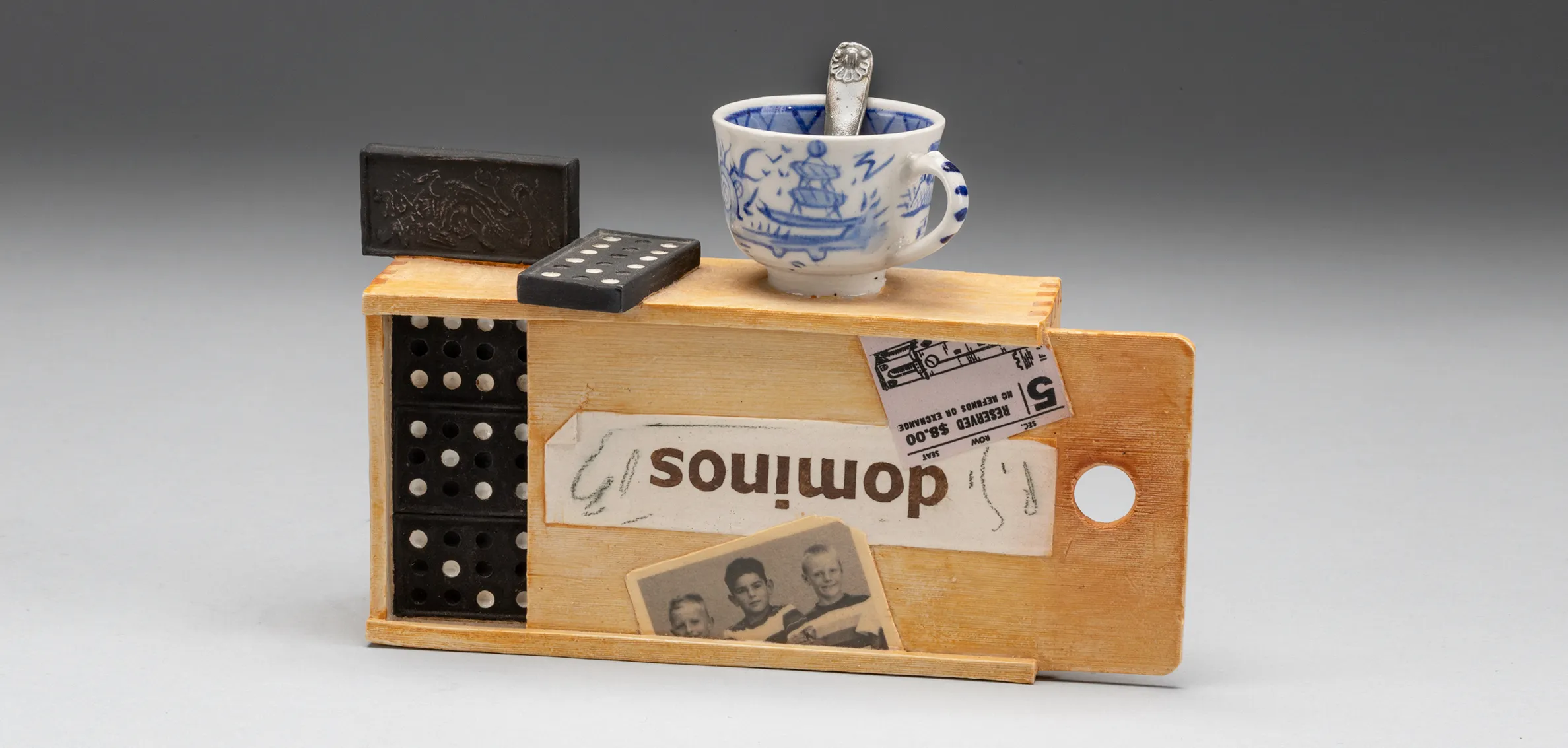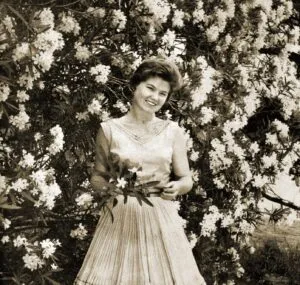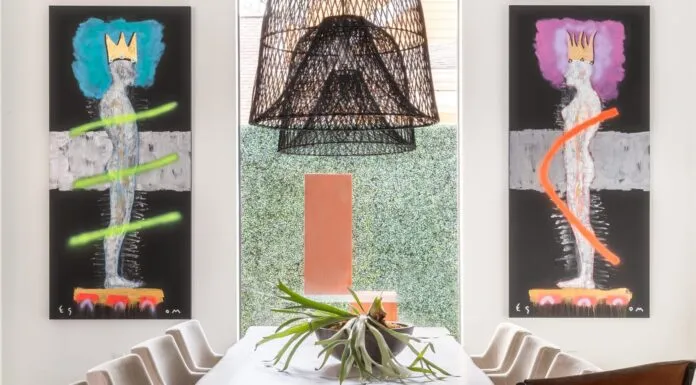On exhibit: Form & Fire exhibit at the LSU Museum of Art
One would think that the oldest ceramics currently known to archaeology—the ones unearthed in the modern-day Czech Republic after at least 25,000 years underground—would be practical items. Bowls, cups, water jugs. Basic artifacts that our ancestors might have needed for daily life on the paleolithic road. But the evidence proves otherwise. Instead, when humans first took to molding clay and firing it into shape, they shaped it in their own image, crafting small figurines of men, women, gods and animals that fed a different sort of need: the need to create. Still popular after all these millennia, the long-lived legacy of ceramics-as-art-objects carries on this month at the LSU Museum of Art with “Form & Fire: American Studio Ceramics from the E. John Bullard Collection.”
The exhibition will showcase 75 works by 58 master ceramic artists as a prequel to a planned gift of 101 items by 68 artists to LSU MOA from New Orleans Museum of Art director emeritus E. John Bullard. The range of items in the LSU show highlights the surprising varieties of subjects, surfaces, colors and forms clay can assume.
“Daniel Rhodes’ large ceramic ‘Head’ sculpture and Richard Shaw’s ‘Dominoes’ trompe l’oeil sculpture are amazing examples of clay magic,” says curator and LSU MOA executive director Daniel E. Stetson. “The Rhodes piece is a large sculptural work that uses unique textures in an unusual, expressive way. The Shaw work doesn’t even look like clay—it truly fools the eyes.”
“Form & Fire” also ties into a sister exhibition, “The Boneyard: The Ceramics Teaching Collection,” which showcases unglazed bisqueware ceramics made by visiting artists to LSU who created them as teaching tools. Together, they celebrate LSU’s top-tier ceramics program alongside professionals like Peter Voulkos, Paul Soldner, Akio Takamori and many others.
“All of this takes our holdings beyond the beloved Newcomb pottery collection and expands them into 20th- and 21st-century American studio ceramics,” says Stetson. “During that time, ceramics has faced the issue of artistic acceptance and accomplishment as an art form, but these artists demonstrate the creative possibilities of this medium, and have made statements equal to any other media.”












